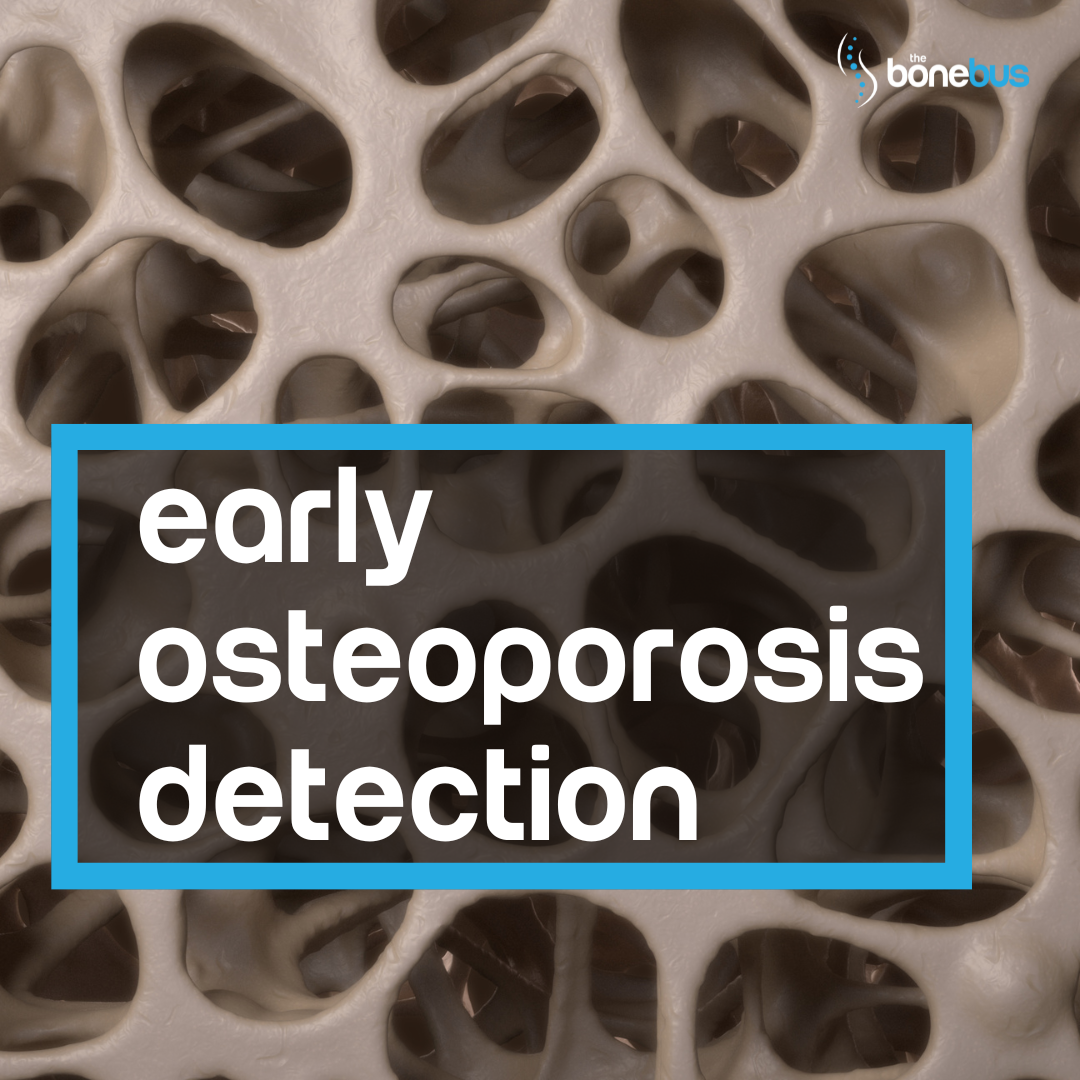
The DEXA Scan: Your Key to Early Osteoporosis Detection
Hello everyone! In this blog, we’re going to delve into a topic that’s integral to our overall health but often overlooked – our bone health. The condition in focus today is osteoporosis, often called “the silent disease,” and how the DEXA scan can play a pivotal role in its early detection.
Osteoporosis: The Silent Threat
Osteoporosis, which literally translates to “porous bone,” is a bone disease that occurs when the body loses too much bone, makes too little bone, or both. As a result, bones become weak and may break from a fall or, in serious cases, from simple actions such as sneezing or minor bumps.
Why is it known as the “silent disease”? The answer lies in its symptomless progression. Osteoporosis often develops unnoticed over several years, with no symptoms or discomfort until a bone fractures. That’s why early detection is so crucial to mitigating its potential impact.
The Importance of Early Detection
Early detection of osteoporosis is important because it allows for timely intervention, potentially reducing the risk of debilitating fractures. Successful treatment can dramatically increase the quality of life for those who may be predisposed to bone loss.
DEXA Scan: The Key to Detection
This is where the DEXA (Dual Energy X-ray Absorptiometry) scan comes into play. The DEXA scan is currently the most widely accepted and extensively used method to measure bone mineral density (BMD).
This painless and non-invasive test uses low-dose X-ray beams to create images of the inside of your body. It is quick, taking typically around 10-20 minutes, and the amount of radiation exposure is very low – about less than a standard chest X-ray.
Understanding the DEXA Scan Process
Let’s break down the process of having a DEXA scan in simpler terms:
- Preparation: On the day of the scan, you can eat normally, but you should avoid calcium supplements for at least 24 hours before the test. Wear comfortable clothing with no metal zips or buttons, as these could interfere with the results.
- The Scan: During the scan, you will lie on a large, flat table while the arm of the machine passes over your body. It’s crucial to stay still during this process to ensure clear images. The machine will measure the density of your bones, particularly focusing on the hip and spine, as these are the areas most likely to be affected by osteoporosis.
- Interpreting the Results: Your results are compared to the bone density of a healthy young adult (your T-score). Standard scores range from +1 to -1. A score below -1 is a sign of lower bone density, with scores below -2.5 indicating osteoporosis.
These results enable healthcare providers to determine your risk for fractures, and decide whether you need treatment or not.
Are you eligible for a BULK-BILLED scan?
The following item codes can be used for bulk-billing:
- 12320 – Patient is 70 years of age or older, and this is your first bone density scan (1 service every 5 years for normal bone density)
- 12322 – Patient has a previous diagnosis of Osteopenia and it has been more than two years since your last scan
- 12306 – Patient has a previous diagnosis of Osteoporosis and it has been more than two years since your last scan
- 12306 – Any patient that has sustained a minimal trauma fracture (1 service every 2 years)
- 12315 – Any patient diagnosed with the following conditions: Primary hyperparathyroidism; Chronic liver disease; Chronic renal disease; Proven malabsorptive disorders (e.g. Coeliac or Crohn’s disease); Rheumatoid arthritis; or Conditions associated with thyroxine excess (1 service every 2 years)
- 12312 – Any patient diagnosed with: Prolonged & current glucocorticoid therapy (as per dose limits outlined in the MBS) ; Conditions associated with excess glucocorticoid secretion; Male hypogonadism; Female hypogonadism lasting more than 6 months before the age of 45 (1 service every 12 months)
Conclusion
Remember, osteoporosis isn’t an inevitable part of aging. There are plenty of preventive measures you can adopt, such as regular exercise and a balanced diet rich in calcium and vitamin D. However, if you’re at a higher risk due to factors like age, family history, or certain medical conditions, getting a DEXA scan can be a significant step towards maintaining your bone health.
Stay strong and keep those bones healthy!